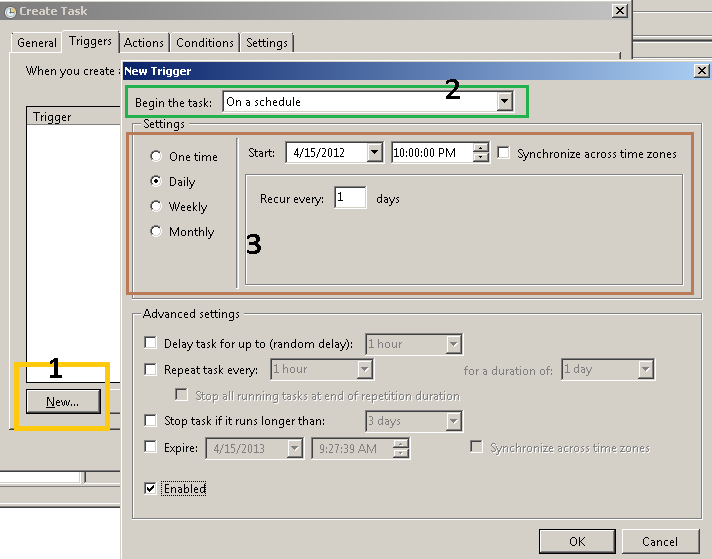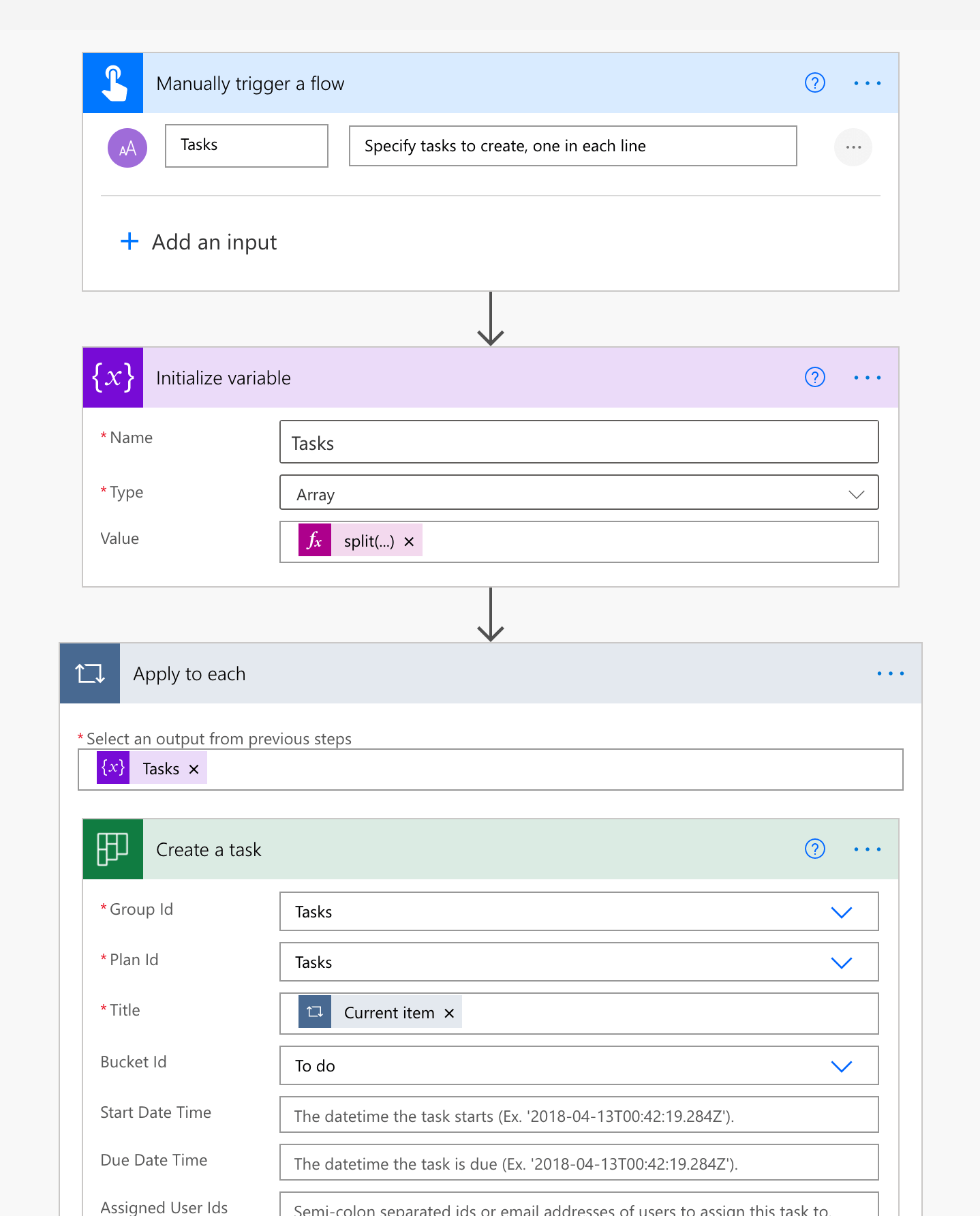
Let’s create another one of these cloud flows by going to the top button that says New flow. Creating A New Power Automate Desktop Flow In my case, most of these are triggering desktop flows. So this is what the main screen looks like once you actually have some cloud flows set up. I have them set up, but they’re not scheduled to run so I have them turned off. The grayed out clock icons are current flows that I don’t have turned on. On the Cloud flows tab, you can see the highlighted clock icon which lets us know that this is a scheduled flow. These refresh already have the updated data when they’re scheduled to run in the morning, These flows are downloading the data that I need to import into Power BI desktop. In my situation, I schedule these desktop flows to run during the night so that when I wake up in the morning, I have the Power BI refresh schedule turned on. All About Cloud Flowsīut for today, I’m just going to concentrate on the cloud flows. If another user within your organization has shared a flow with you, it would appear in this tab. And then there’s another tab for Shared with me.
:max_bytes(150000):strip_icc()/A4-CreateanAutomatedTaskwithWindows10TaskScheduler-annotated-b678b1b51be44a77afdcfb4d0f445c8d.jpg)
There’s also a Desktop flows tab, and a Business process flows tab. Most of the flows under here are flows that I already set up that trigger or run those desktop flows on a schedule. Typically, most of Henry’s flows would be under cloud flows. You can check out our Power Automate Masterclass course from our Enterprise DNA expert, Henry Habib, for more on this topic. There are four tabs at the top.Ĭloud flows could be any flow that we’ve created through. When we click on the My Flows link, this is what appears on the screen.

Until now, a per-user license for Power Automate Desktop would set you back at least $15 per month. Users who want to give Power Automate Desktop a try can now download it from Microsoft, but in the coming weeks, it’ll become part of Microsoft’s Insider Builds for Windows 10 and then eventually become a built-in part of Windows 10, all the way down to the standard Windows Home version. It’s based on Microsoft’s acquisition of Softomotive in early 2020, but Microsoft has since extended Softomotive’s technology and integrated it deeper into its own stack. Power Automate Desktop originally launched last September. It comes with 370 prebuilt actions that help you build flows across different applications, but its real power is in letting you build your own scripts to automate repetitive and time-consuming tasks.

Power Automate Desktop is what Microsoft calls its “attended Robotic Process Automation” solution, but you can think of it as a macro recorder on steroids. Microsoft today announced that it is making Power Automate Desktop, its enterprise-level tool for creating automated desktop-centric workflows, available to all Windows 10 users for free.


 0 kommentar(er)
0 kommentar(er)
